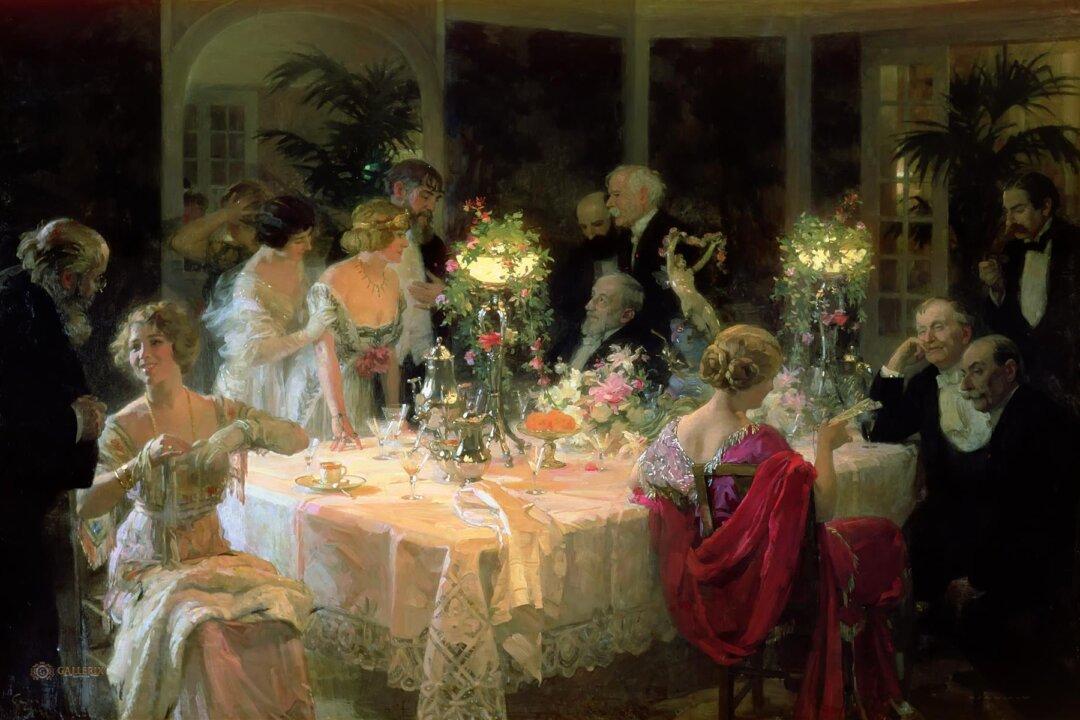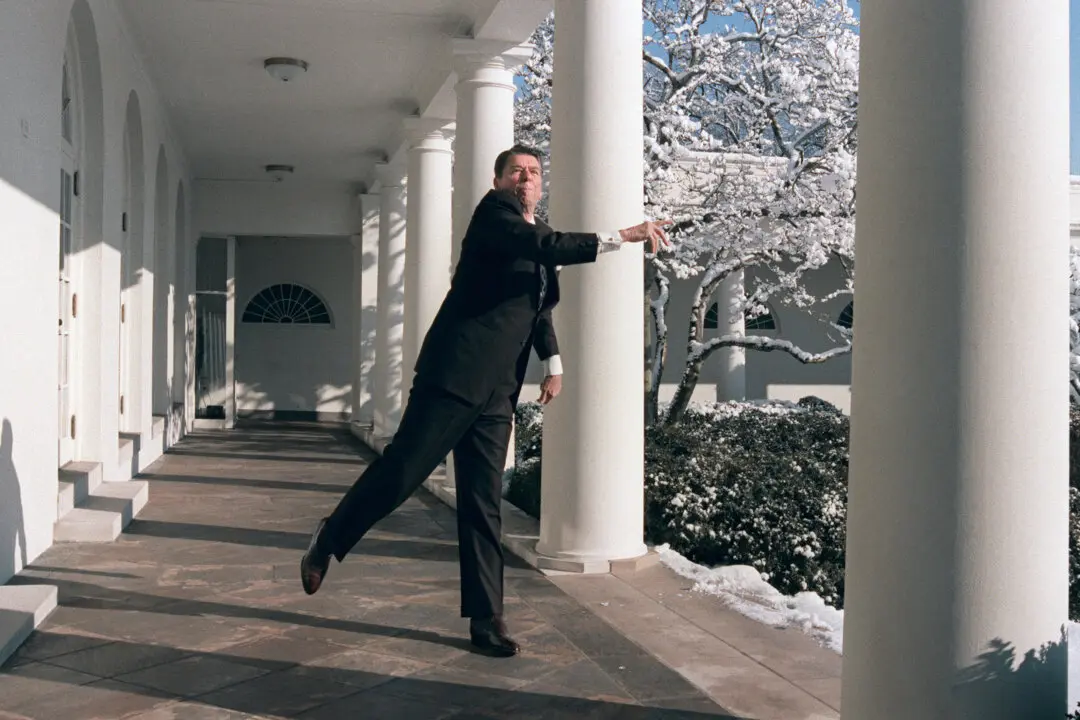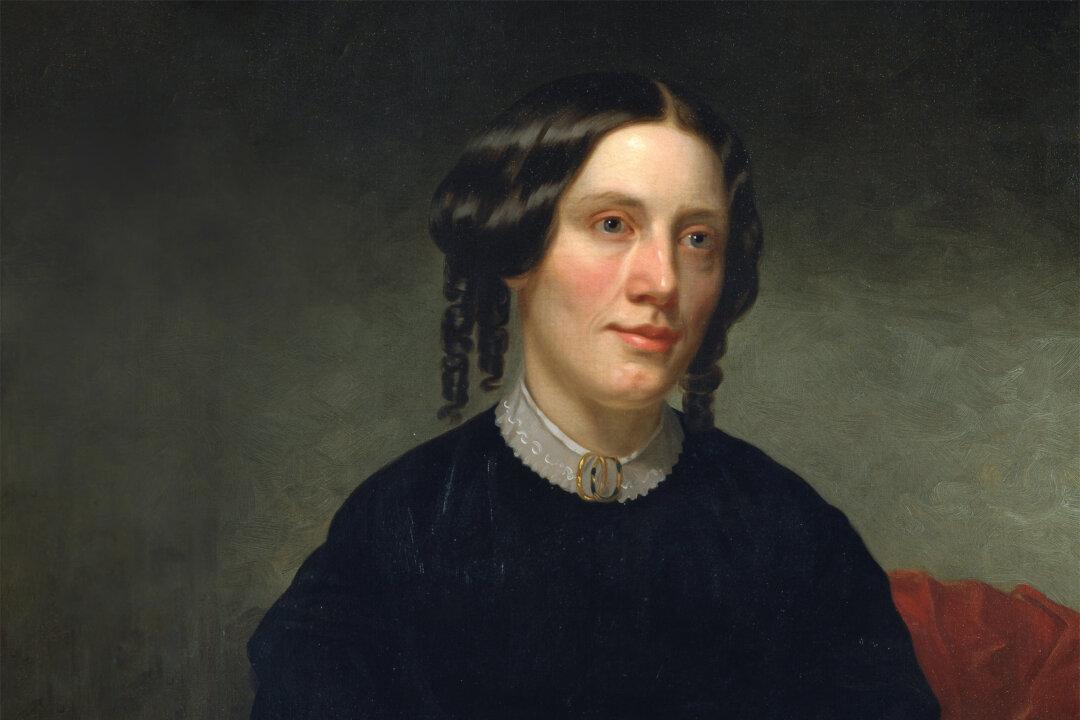Rules and books of etiquette have played a part in American life and letters since our country’s colonial days.
We have only to turn to George Washington to confirm this assertion. Some 30 years before the American Revolution, 14-year-old Washington copied out 110 rules of conduct and decorum dating back to late 16th-century France. Many historians have noted the influence of these maxims on Washington’s bearing and character, and even today several editions of his “Rules of Civility and Decent Behavior” remain readily available.






